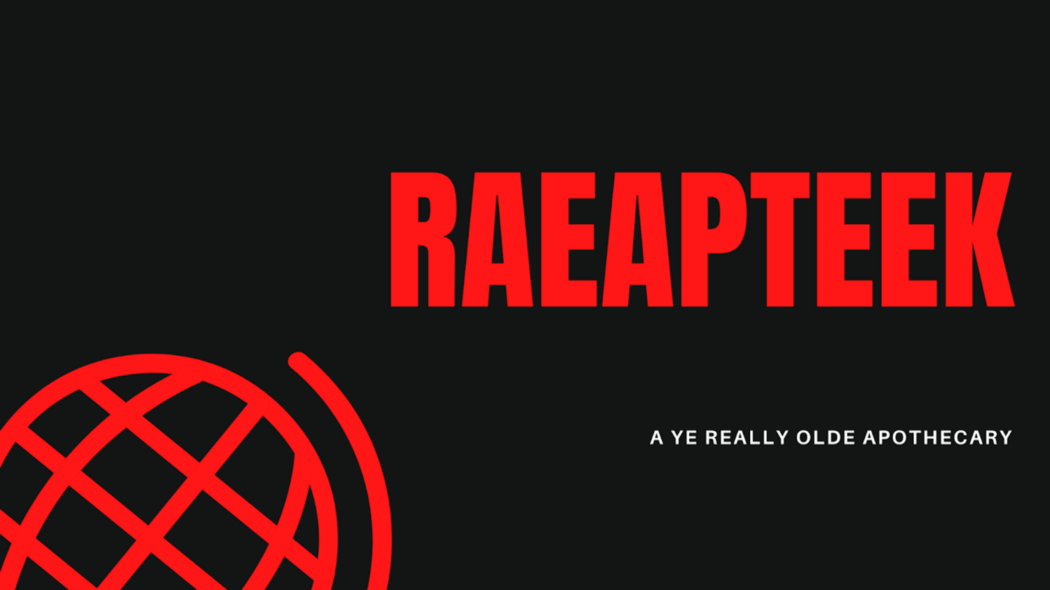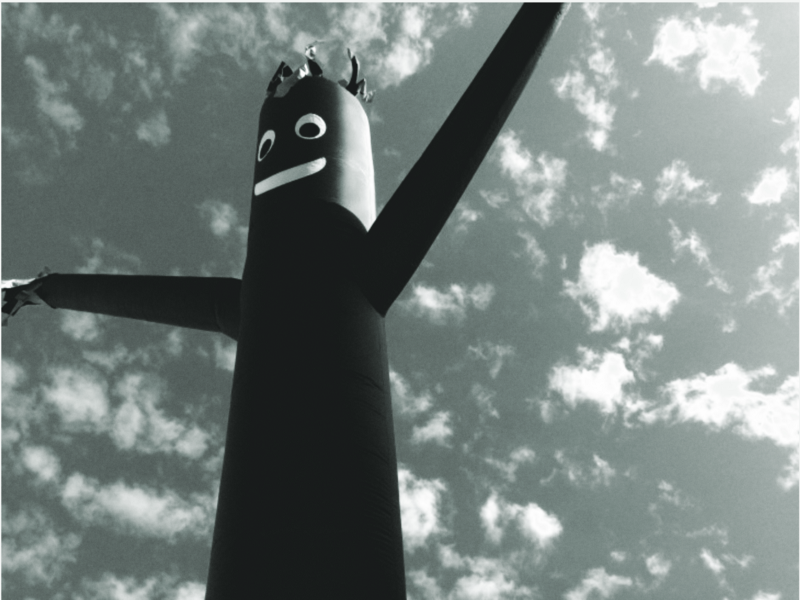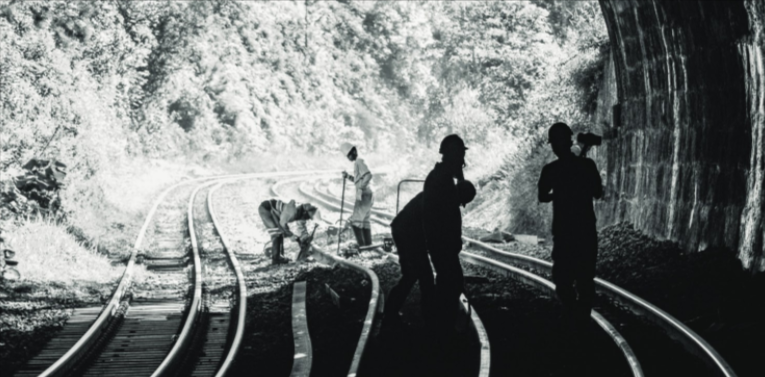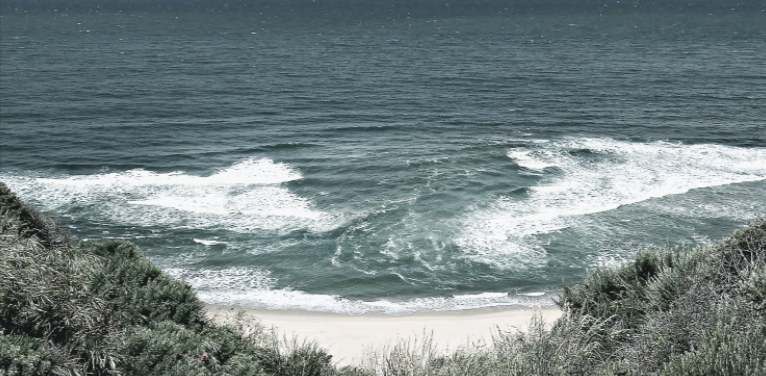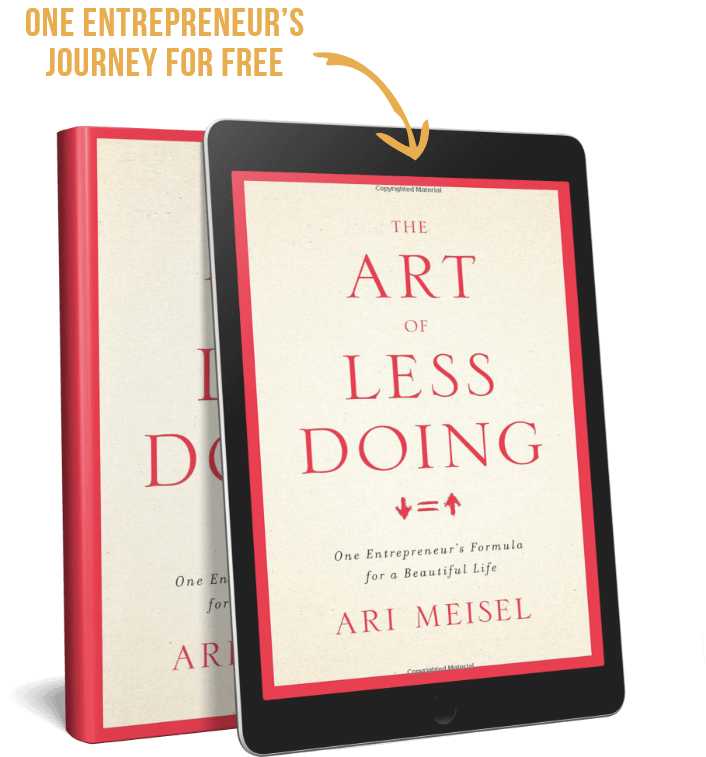The city of Tallinn, Estonia was settled in 1050, when the townspeople built an enormous wooden fortress to defend themselves against King Valdemar II of Denmark.
It didn’t work. They lost.
The area succumbed again to invaders during The Baltic Crusades, a brutal military campaign organized by Catholic popes to convert Pagans to Christianity in the12th to 15th century.
It seems that one pagan tradition endured despite the crusade. Because everyone, no matter their religion, needed medicine now and again. You see, the Pagans knew a thing or two about natural remedies and it’s why Raeapteek, the oldest operating pharmacy in Europe has called Talliin, Estonia, home since the 14th Century.
It was already on its third owner by 1422, The tumultuous life of a persecuted pagan meant turnover at the top happened often. Did the first three owners flee the Teutonic Order or die at their hands? Who knows? I like to imagine some humble pagan shop owner throwing tinctures of holistic remedies at the approaching army of Christians. Resolute, but outmatched for sure.
Anyway, the pharmacy sold a wide variety of medicine and potions. Middle Age inventory included such things as mummy juice, burnt bees and hedgehogs, blanched dog feces, stallion hoofs, snakeskin, and even unicorn horn powder, which was probably an aphrodisiac. But it wasn’t all savory cures at Raeapteek. For the sweet tooth, Raeapteek sold marzipan which was touted as a remedy for heartache and memory loss.
Historians say the shop’s price list from the time advertised 54 different types of water, 25 fats, 32 balsams, 62 preserves, 128 different oils, 20 tinctures, 49 ointments and 71 medicinal teas.
Raeapteek also proffered treatment advice and gave spiritual guidance. And you could get a drink, argue about local politics and gossip. So really one-stop shopping for all your Middle Age needs.
15.03.2020 — Raeapteek on näinud hullemaidki aegu
A Hungarian immigrant named Johann Burchart took over the pharmacy in 1582. Ten generations of his family ran the business until 1911. The Burchart family name was so revered that the Russian Tsar, Peter the Great, sent for Johann Burchart V and his restorative medicines when he fell gravely ill. Sadly or thankfully, depending on your take on Russian history, Johann did not make it in time and the Tsar died.
From 1911 to 1940 the Raeapteek belonged to the Lehbert and Schneider families. In 1907 Rudolph Lehbert produced a medicine to combat anemia. Its discovery was considered the foundation of the pharmaceutical industry in the Baltic States.
Today, the Raeapteek sells modern medicine on its first floor, as well as claret and marzipan, while running a small museum of historical medical instruments and other curiosities. Regretfully, the unicorn horn powder is out-of-stock.
